Fermenting fruit is not difficult at all. Depending on the flavor or consistency you want to create or emphasize, there are different approaches. The most common ways to ferment fruit successfully and tasty, I share with you now. How fermentation works in general, and what the relevant characteristics of most fruits are, is also the foundation for the success of your ferment. If you don't feel confident about fermentation in general yet, it's best to read up again right away what I've put together for you.
Fermentation
Fruit ≠ Vegetables
Fruit contains significantly more sugar and wild yeasts than vegetables. Therefore, it ferments faster and also quickly turns into alcohol. Wild fermentation, the fermentation that happens because of naturally occurring yeasts and bacteria and works so well with vegetables, is of course also possible with fruit. Besides that, there are even more fun ways to make delicious and healthy fruit ferments yourself.
Tip 1: Increase salinity
What works very well is to increase the common salt content of 2% in the fermentation of fruit to at least 3-5% and additionally generate a brine by pressure. This means, for example, that you sprinkle ripe fruit pieces or berries with salt and weigh them down with weight(s). The salt and pressure will extract the liquid from the fruit and create a brine. It is important to note that the salinity should not reach more than 10%. In fact, fermentation takes place up to 10% salinity. If you use even more salt, you would start to talk about pickling. Also delicious, but not the subject here.
I like to use this type of fermentation to ferment plums. Fermented plums are the all-time classic and probably familiar to most fermentistas from Foundations of Flavor: The Noma Guide to Fermentation by René Redzepi and David Zilber. Quite simply, yet fabulously, I also enjoy small umeboshi-style apricots.
Tip 2: Combine fruit and vegetables
When fruit and vegetables are combined, a simple wild fermentation is possible. These combination ferments are as easy to produce as pure vegetable ferments and are among my declared favorites. The vegetables lower the total sugar content and thus slow down the fermentation process, as well as the formation of alcohol.
Great recipes for combining fruit with vegetables and incredibly delicious are all kinds of fruit fermented in the kkakdugi way, or fruit as a flavoring agent in a spicy sauce aka hot sauce. Fennel with blueberries is also one of my favorite ferments! You don't have to look far for the recipes, you can find them right here ↓.
Tip 3: Fruit fermentation using starter cultures
To direct the alcoholic fermentation more towards lactofermentation, the fruit ferment can be cultivated with the addition of a so-called starter. A starter culture consists of microorganisms capable of multiplying, for example sourdough, whey, water kefir, kombucha or koji.
Acidification right at the start of the fermentation process gives the lactobacteria a head start in the race for the available carbohydrates, leaving fewer for alcoholic fermentation. While the number of bacteria and yeasts are not affected by the addition of a lactic acid starter, the acid-producing bacteria are significantly increased. Due to the high acid production and lowering of pH, fermenting with starter cultures results in foods with low ethanol content and appealing sensorial quality. Therefore, lactic acid bacteria can be used as starter cultures to control fruit fermentation.
Tip 4: Fermenting with honey
Another absolutely delicious option is the fermentation of fruit with the use of honey. Berries, ginger, lemons, turmeric, oranges are good examples of fruit and honey ferments. You just have to make sure that there is not too much moisture from the fruit, otherwise you might accidentally make mead or a similar alcoholic liquid (like Katsulua, the delicious fermented coffee liqueur).
My favorite ferments with honey, with and without fruit, can be easily browsed on a dedicated page.
Tip 5: Fruit vinegar
Homemade vinegar from fruits or fruit leftovers is great! It often tastes more intense than store-bought, is much cheaper and uses available resources - my apple cider vinegar made from skins and cores is a genuine zero-waste product.
Rezepte für Obstfermente
Sources
Kanokwan Tandee, Chanida Nenthao, Chompunud Wongsakun & Junjira Wunchana. Lactic acid bacteria as starter cultures for fruit fermentation (2017). Conference: The 9th International Conference on Sciences, Technology and Innovation for Sustainable Well-Being (STISWB 2017), Kunming University of Sciences and Technology, China



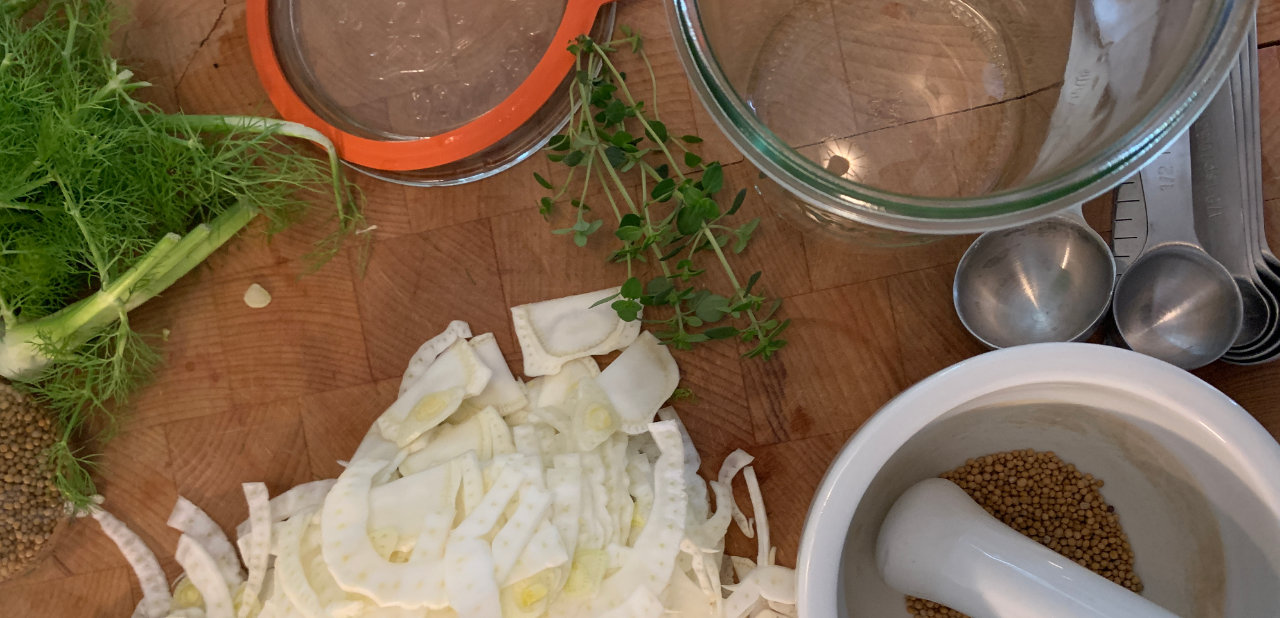
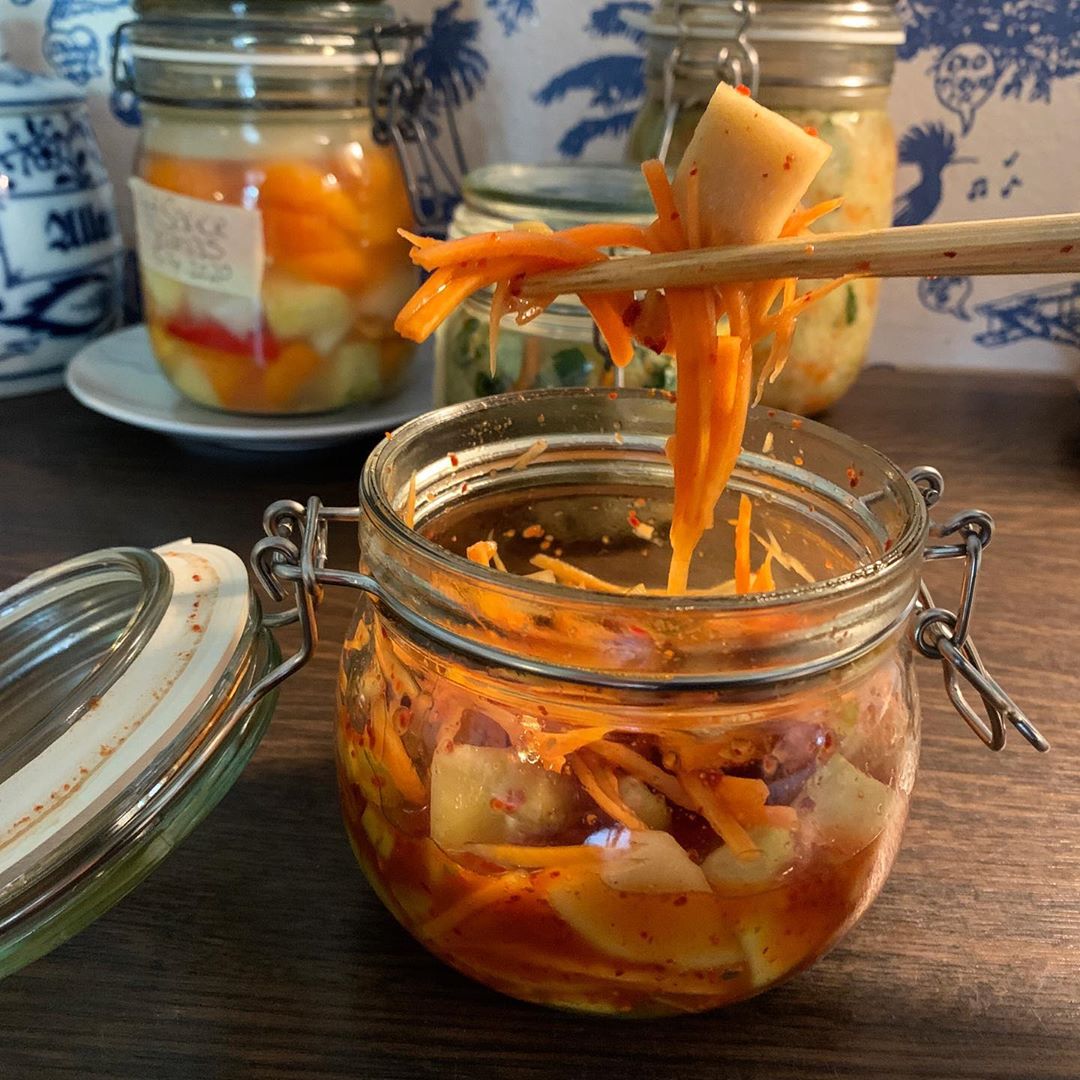

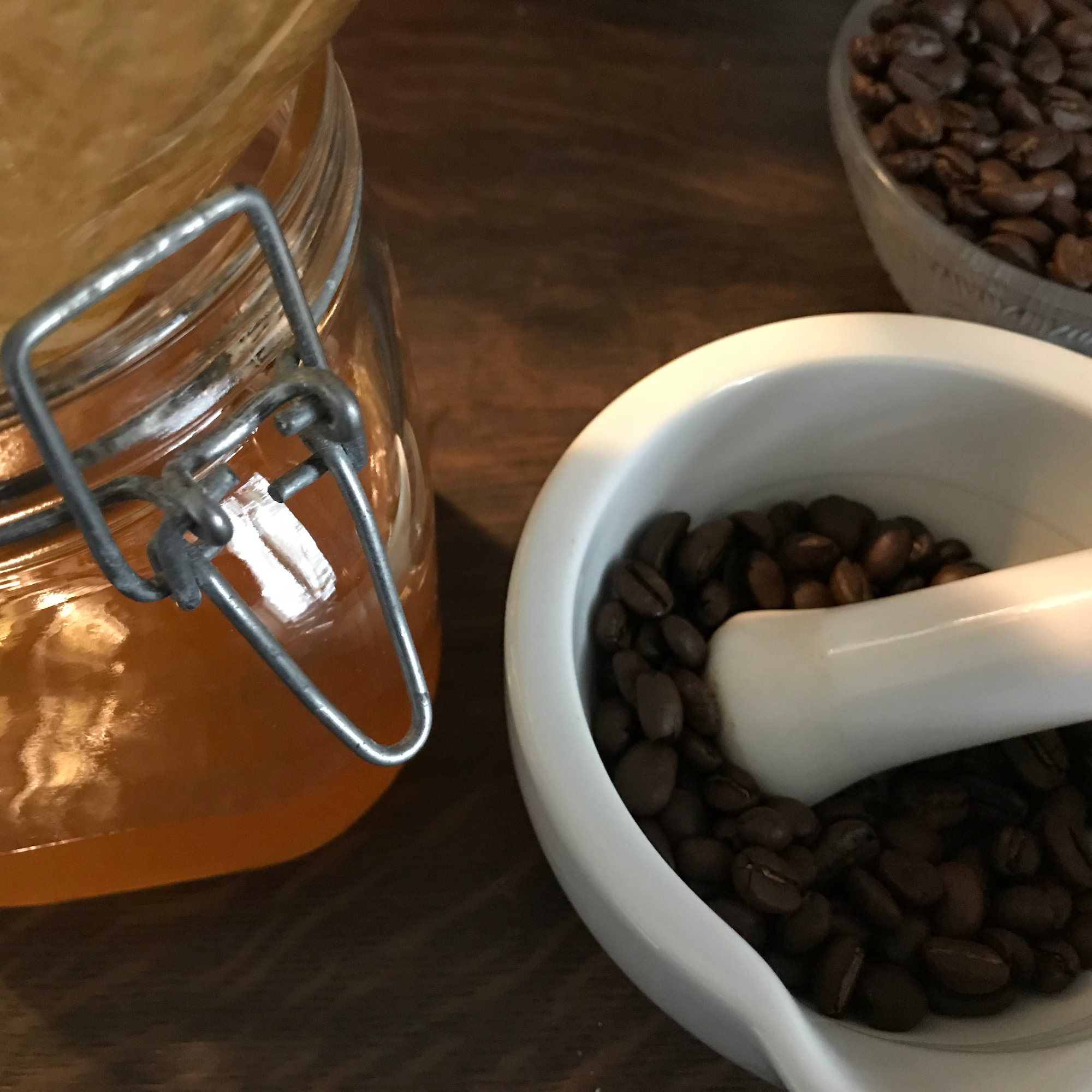
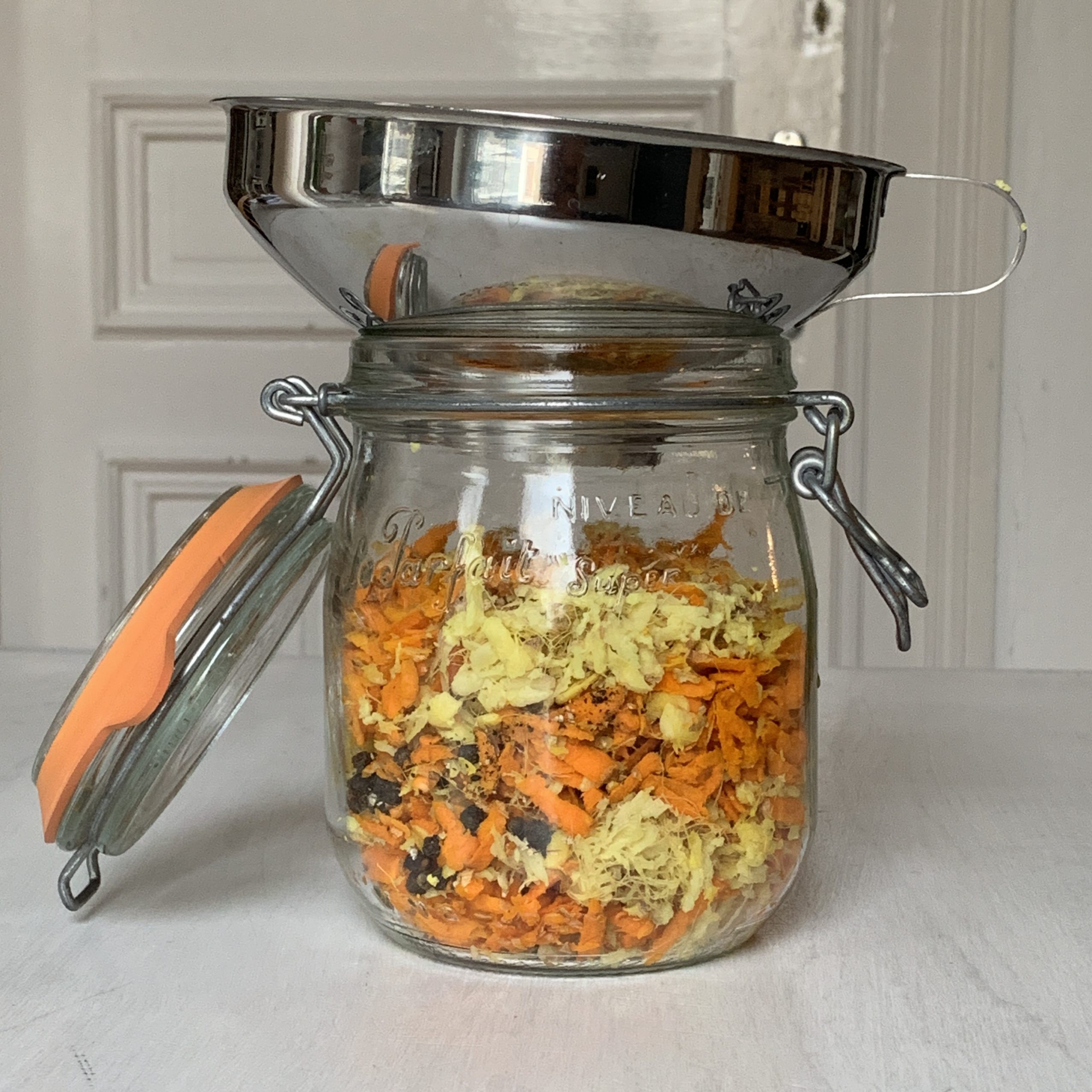
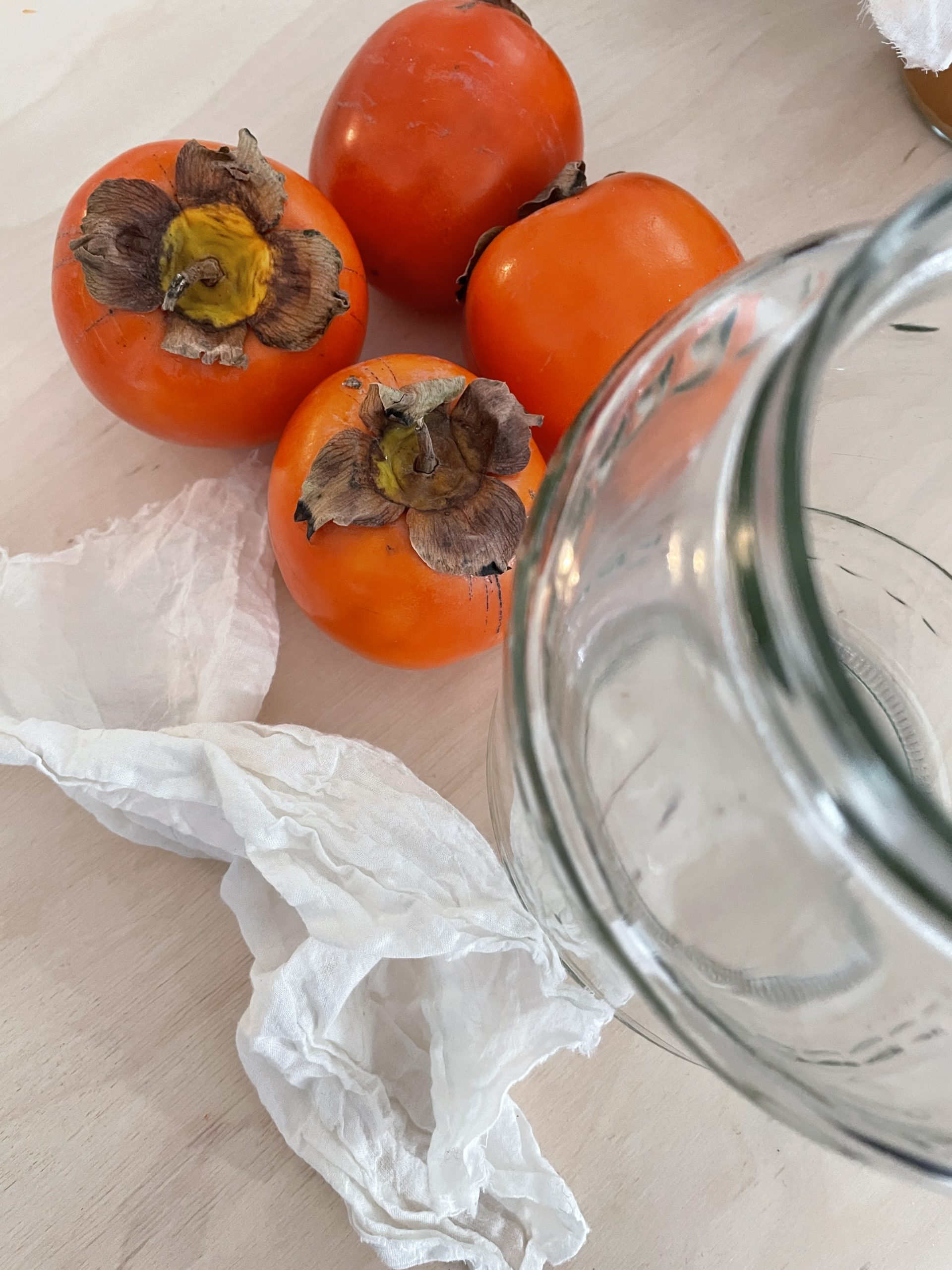

haben sie auch erfahrung mit yacon ??
Lieber Waldi,
nein, Yacon kenne ich nicht. Wenn es eine Wurzel ist, sollte es aber fermentierbar sein, probiere es doch einfach mal aus. In einem kleinen Glas Yaconstücke, vielleicht Zwiebeln und Gewürze dazu, mit 2-3%iger Salzlake auffüllen und beobachten.
Ich habe eine Facebookgruppe gegründet, dort tausche ich mich regelmässig mit anderen Fermentistas aus. Auch Anfänger:innen sind herzlich willkommen! Vielleicht ist das ein Ort für Dich zum Lernen?
Viele Grüsse,
Katsu
Hallo Katsu,
toll, was man alles machen kann.
Ich bräuchte fermentierten Granatapfelsaft, der ohne Zucker hergestellt wird. Geht so etwas?
Danke und viele Grüße
Martina
Liebe Martina,
das habe ich noch nicht ausprobiert, ich trinke Granatapfelsaft immer frisch gepresst. Probiere es doch mal mit einem kleinen Gläschen aus? Wie bei allen fruchtigen Fermenten würde ich hierbei auf die Druckentwicklung aufpassen, damit Dir nichts explodiert.
Gutes Gelingen, und falls Du es tatsächlich ausprobierst, freue ich mich über Deinen Erfahrungsbericht.
Viele Grüsse, Katsu
Liebe Katsu,
ich weiß aber nicht wie, ich ohne Zucker den Saft fermentieren kann? Und mit welcher Starterkultur? Funktioniert Wasserkefir ohne Zucker oder Honig?
Danke für Deine Hilfe.
Viele Grüße,
Martina
Liebe Martina,
Granatapfelsaft hat ungefähr 10 gr. Fruchtzucker pro 100 ml, ich würde denken, das könnte reichen?
Bei Wasserkefir setzt Du ja nur Zucker zu, weil in Wasser keiner enthalten ist. Wenn Du Wasserkefirkristalle hast, probiere es doch damit.
Mit Hefe versetzt würde der Saft auch gären. Da entsteht dann allerdings mehr Alkohol, als wenn Du es mit Wasserkefirknöllchen versuchst.
Was ich immer ganz gerne mag, sind fermentierte Limonaden mit Molke. Wenn Du das Rezept einfach mit Granatapfelsaft und Molke ansetzt, ohne Wasser, Zitrone und Zucker, kommt vielleicht das dabei raus, was Du Dir wünscht?
Ich hoffe, Dich damit auf die richtige Spur gebracht zu haben.
Viele Grüsse,
Katsu
Liebe Katsu,
ich würde gern nur Äpfel oder/ und Birnen fermentieren .
Wie kann ich da vorgehen ? Hast du einen Tipp?
Irgendwo hatte ich gelesen man müßte Hefe dazu geben ? 🤔würde es allerdings gern auf herkömmlichen Weg versuchen . Habe aber noch keinerlei Erfahrung mit Fermentation .
LG Kerstin
Liebe Kerstin,
wenn Du noch keine Erfahrung hast, empfehle ich Dir, mit Gemüse zu beginnen. Als erstes ein Obstferment ist anspruchsvoll und wird eventuell nicht gelingen, und es wäre ja schade, wenn Du es wegschmeissen musst und zusätzlich noch frustriert bist…
Während Du Erfahrungen sammelst, bin ich dabei, das Rezept für meine fermentierten Äpfel aufzuschreiben. Ich denke, wenn Du soweit bist, bin ich es auch. Du findest das Rezept für fermentierte Äpfel dann unter dem Schlagwort Obst.
Viel Spaß und Erfolg!
Katsu
Guten Tag!
Mich würde interessieren, ob eine Fermentation auch mit Zuckerrübenmelasse funktioniert.
Irgendwo hatte ich mal darüber gelesen, finde es aber nicht mehr.
Liebe Grüße.
Ela
Hej Ela,
als geschmacksgebende Komponente kannst du das nehmen, ja.
Gutes Gelingen!
Katsu
Super Katsu, dass du geantwortet hast, das freut mich sehr!
Ich hatte damals gelesen, dass jemand mit kleingeschnippeltem Obst und nur ein wenig Melasse (und sonst nichts), über Wochen ein Getränk herstellt.
Hätte so gerne eine genauere Anleitung dazu gehabt, aber der Beitrag ist aus dem Chat verschwunden.
Ich habe es jedenfalls mit Bananen und Melasse versucht, mich aber jetzt nicht getraut, es länger als drei Tage bei Zimmertemperatur stehen zu lassen und es hat SO lecker geschmeckt.
Ich würde es gerne länger stehen lassen, bin aber unsicher, ob sich dann etwas entwickelt, was nicht mehr essbar ist. Kannst du dazu eventuell etwas sagen?
Liebe Grüße.
Ela
Hej Ela,
das klingt nicht sehr sicher in meinen Ohren, ich würde das nicht empfehlen. Salz oder viel Zucker hilft beim Haltbarmachen, schau am besten nach Rezepten, die das eine oder andere benutzen.
Gutes Gelingen!
Katsu
Okay, damit bestätigst du meine Unsicherheit…
Dann lasse ich das mal sein.
Danke dir.
Ela
Lieben Dank Katsu,
ich kann es kaum erwarten…. 🤩🙏🏻
Meine Oma kam aus dem Spreewald und hat als ich Kind war immer saure Gurken 🥒 eingelegt . Das ist doch auch eine Art fermentation , oder ?
Da weiß ich zumindest wie es geht .
Ich backe seit einiger Zeit jede Woche ein Sauerteigbrot und habe vor kurzem in einen Feinkostladen in Stuttgart ein Roggenbrot mit fermentierten Äpfeln gekauft . Das war echt so mega lecker . Deshalb wollte ich es mal mit der Fermentation selbst versuchen .
Aber ich werde versuchen geduldig zu sein . 😌
Liebe Grüße
Dann kannst Du ja schon eines der leckersten Fermente, Gurken. Ich freu mich schon, wenn die Saison wieder beginnt. Sauerteig ist ja auch ein Ferment, so unerfahren bist Du ja gar nicht. Und im Spätsommer oder Herbst schreib ich dann was zu Äpfeln auf.
Liebe Grüsse!
Hallo,
hast Du eventuell schon Erfahrungen mit dem Fermentieren von Quitten gemacht?
Wäre für Tipps und ggf. Rezepte sehr dankbar!
Lg, Manu
Hej Manu,
ich fermentiere jede Ernte Quitten, sie sind toll! Am liebsten mag ich Quittenessig und Quittenkraut. Quittenkraut ist ca. 1/5 geriebene Quitten zu 4/5 Weisskohl mit 2% Salz. Auch im Kimchi in feinen Scheiben funktionieren sie prima.
Gutes Gelingen!
Katsu
Guten Abend,
ist es normal dass sich einige Birnen- und Apfelstückchen nach der Zeit grün verfärben (längere Fermentationszeit)? Ich habe Obst & Gemüse kombiniert. Bei meinem ersten & zweiten Versuch hat sich nichts verfärbt (im Sommer). Ich konnte keinen schimmel feststellen. Alle Stückchen waren komplett Salzlake bedeckt.
Liebe Grüße und ein angenehmes Wochenende.
Hej Tina,
das kenne ich nicht. Üblich ist es ja eher, dass grüne Früchte bräunlich werden. Solange alles gut riecht und von der Lake bedeckt ist, kein Schimmel und ausreichende Säure vorhanden ist, sehe ich keine Probleme. Entscheiden kann ich das natürlich nicht, aber ich hoffe, dir die Beurteilung zu erleichtern.
Viel Erfolg!
Katsu